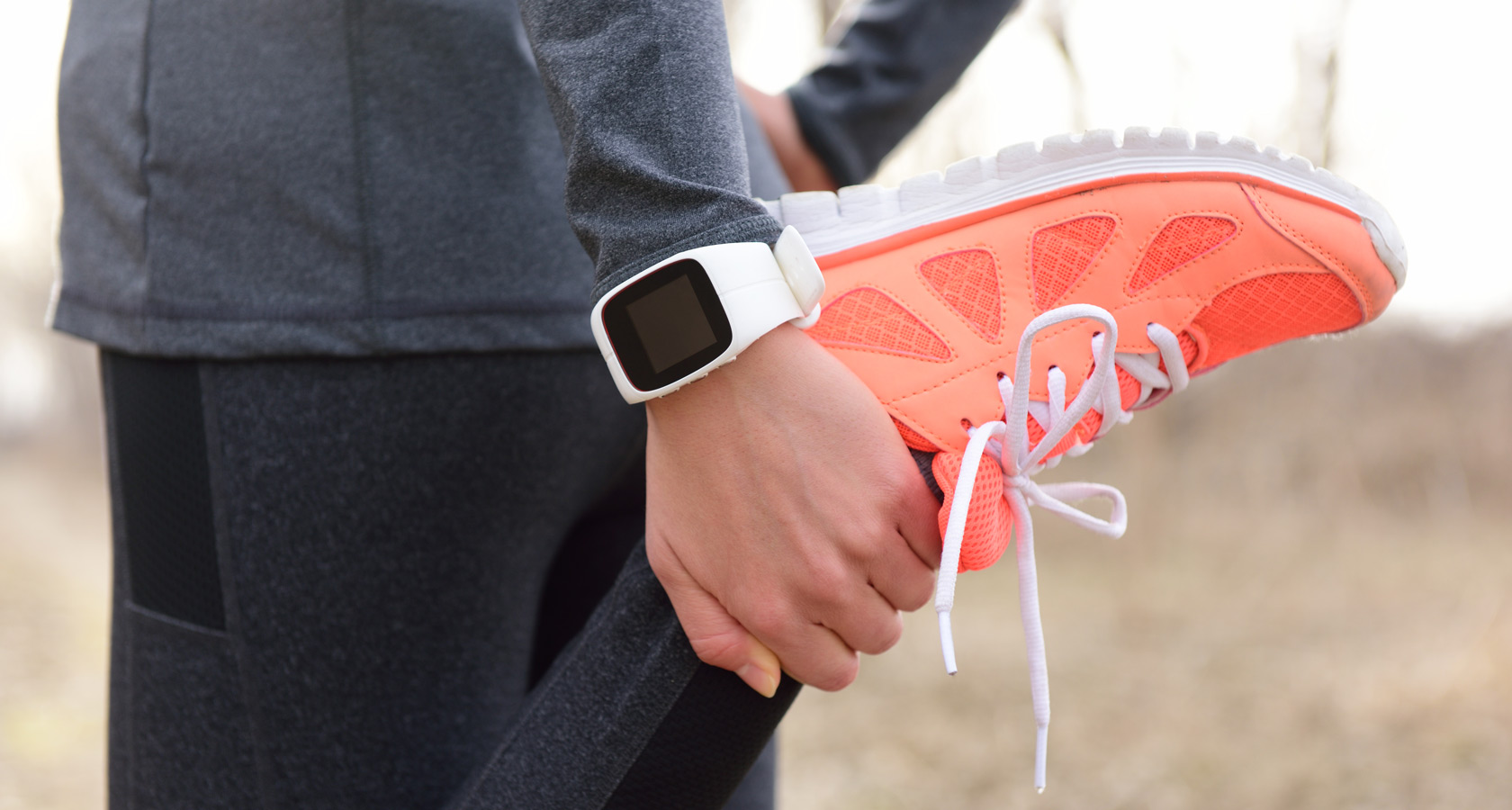Runners: How to Improve Your Cycling
You’ve been a runner for as long as you can remember. You’ve got many road races under your belt. You’re lean and mean and proud of it. You’ve worked hard to be in this good of shape. You’re training for your first triathlon or maybe participated in one or two. You have an OK swim, not very fast, but that’s what you expect. You haven’t been swimming very long after all. On the bike, you feel good, but it seems like everyone is flying by you. Some of these guys look super fit and are on bikes more expensive than your first car. But then this guy who looks like he’s carrying 25 or so extra pounds goes screaming by. Then a guy who is 10 or 15 years older than you. You’re thinking, “What is going on?” How are these people so much faster than me?
Well, cycling is a different game than running. Cycling requires and rewards some different athletic abilities than running does. They’re not completely different, but they’re not completely the same either. In particular, cycling requires and rewards power more than running does. You’re moving more than just your bodyweight when you’re cycling; you’re also moving a bike around. Cycling also has specific muscular-endurance requirements that are different than those of running. Many former runners who come to triathlon say this: “I can ride all day long, but I can’t seem to go very fast.” Their relative leanness may help them go up hills fairly well, but on flats and descents, they have no “oomph.” They pedal and pedal with all their heart, but they just don’t go very fast.
Does this sound familiar? Are you suffering from former-runner “syndrome”? If you answer yes to two or more of the following questions, that qualifies as a diagnosis!
- Do you enjoy long, slow rides much more than you enjoy interval workouts on your bike?
- Do you thrive on hills compared to other athletes, but get blown away on flats and descents?
- Do you have very thin legs? Do your friends often comment that you “have no butt”?
- Does the statement, “I can ride all day long, but I can’t seem to go very fast” apply to you?
- If you’ve participated in triathlons, is the speed you can maintain in a sprint-distance triathlon less than a mile per hour faster than the speed you can maintain in an Olympic-distance triathlon? Or is the speed you can maintain in an Olympic-distance triathlon less than a mile per hour faster than the speed you can maintain in a long-distance triathlon? (In both cases, consider similar courses to make the best comparison.)
If you’ve got the sickness, we’ve got the remedy:
- Stop just riding your bike. Do interval workouts. To get maximum benefit do a systematic progression of interval workouts over 16 to 24 weeks building from short intervals (like 8 X 1’) to medium intervals (like 5 X 5’) to long intervals (like 3 X 12’). Do the work intervals at the greatest intensity that you can sustain for the entire set. Take two-minute rest intervals after each work interval.
- For even more potency in developing your cycling, head for the hills. Do interval workouts where you do the work intervals up a hill. Do one out of every two interval workouts you do as a hill workout.
- Get specific in long rides and bricks. We actually call these race-specific rides and race-specific bricks because we do portions of the riding at race intensity. For example, for a long-distance triathlon, you can do a 50-mile ride where you do the first 30 miles at moderate intensity and the last 20 miles at race intensity. This gets you out of the rut of always riding at a moderate intensity and will help you become a stronger cyclist.
- Run less. You may be used to running five, six or more times a week. If you are holding onto running this much while you train for triathlon, you are likely limiting how often you can ride. Move to a more balanced schedule, or even to a schedule that emphasizes cycling. You will be able to maintain, or even build upon, your already strong running ability with less running than you are used to because of the carryover you will get from cycling.
- Dump the long running races during triathlon season, especially the marathons. Save them for the fall after triathlon season. The longer runs and the high volume of running needed to train for these races will both limit how much you can put into your cycling and sap your legs of their power. Stick to running races that are the same distance as the runs in the triathlon you are training for or shorter (and always save marathons for after triathlon season).
- Do good power training in the weight room. Use dynamic, functional, athletic exercises. Squats, deadlifts and single-leg exercises like lunges and step-ups are among the best exercises to put some “pop” into your cycling.
Be patient. Give it some time. All the running you’ve done will serve you well. With productive cycling over time, you can become a strong triathlete with a balanced game. Have fun with it!


